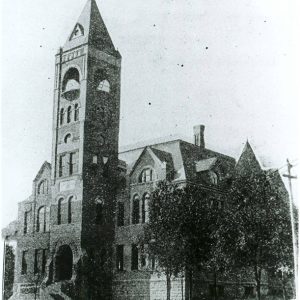 Centennial School
Centennial School
Entry Category: Architecture
 Centennial School
Centennial School
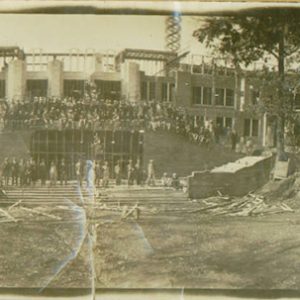 Central High Construction
Central High Construction
 Central High Postcard
Central High Postcard
Central Theater
Charles “Bullet” Dean Hyten House
Charlotte Street Historic District
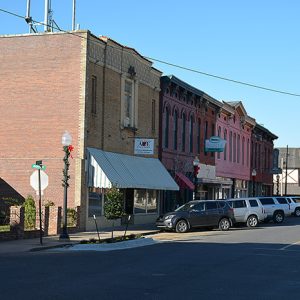 Cherry Street Historic District
Cherry Street Historic District
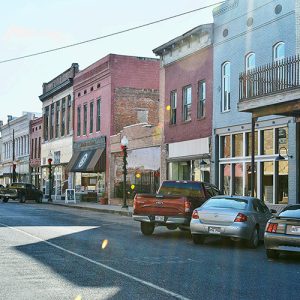 Cherry Street Historic District
Cherry Street Historic District
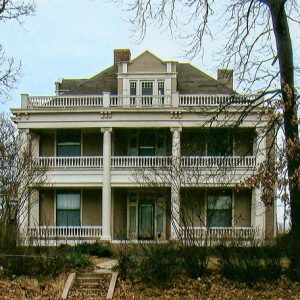 Francis Cherry House
Francis Cherry House
Chicot County Courthouse
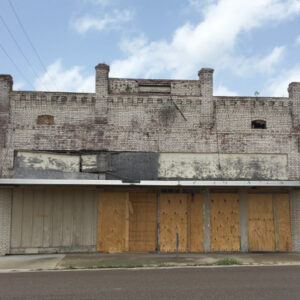 Chu Building
Chu Building
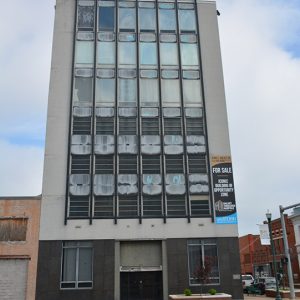 Citizens Bank Building
Citizens Bank Building
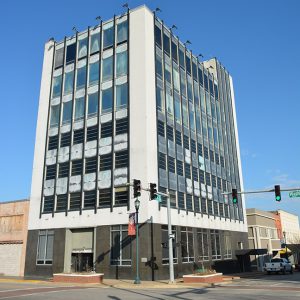 Citizens Bank Building
Citizens Bank Building
Citizens Bank Building (Jonesboro)
Clark County Courthouse
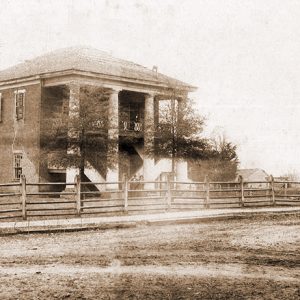 Original Clark County Courthouse
Original Clark County Courthouse
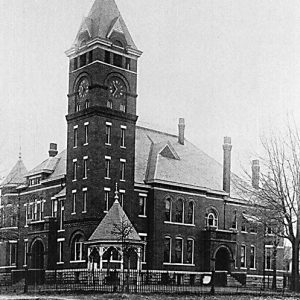 Clark County Courthouse
Clark County Courthouse
Clark County Library
 Clark House
Clark House
Clark House (Malvern)
 Joe Marsh and Maxine Clark House
Joe Marsh and Maxine Clark House
Clarke, Albert Oscar (A. O.)
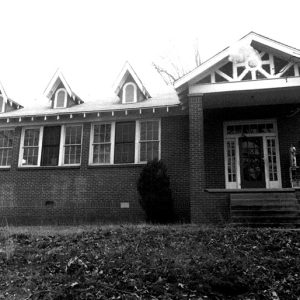 Clarksville High School Building No. 1
Clarksville High School Building No. 1
 Clarksville High School Building No. 1 (back)
Clarksville High School Building No. 1 (back)
 Clarksville National Guard Armory
Clarksville National Guard Armory
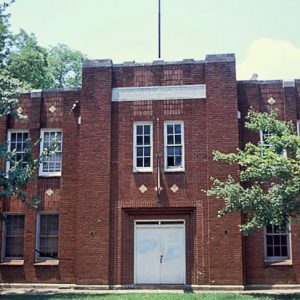 Clarksville National Guard Armory Entrance
Clarksville National Guard Armory Entrance
 Clarksville National Guard Armory
Clarksville National Guard Armory
Clayton House
aka: W. H. H. Clayton Home
Cleburne County Courthouse
 Cleburne County Courthouse
Cleburne County Courthouse
Cleveland County Courthouse
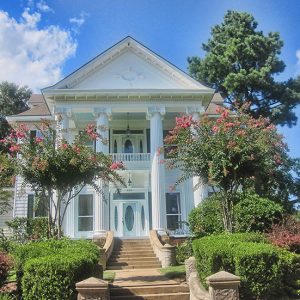 Clifton and Greening Streets Historic District
Clifton and Greening Streets Historic District
Clinton House Museum
 Clinton Presidential Library and Museum
Clinton Presidential Library and Museum
 Bill Clinton Boyhood Home
Bill Clinton Boyhood Home
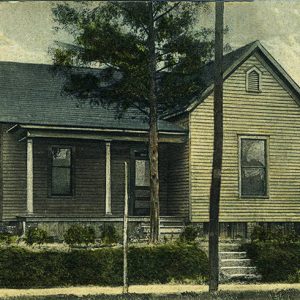 Coffin Home
Coffin Home
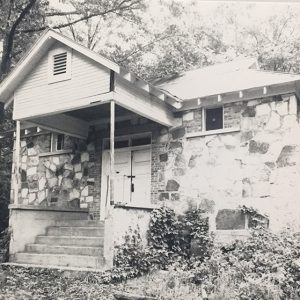 Cold Springs School
Cold Springs School
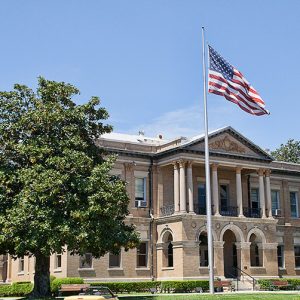 Columbia County Courthouse
Columbia County Courthouse
Confederate State Capitol Building (Hempstead County)
aka: Hempstead County Courthouse of 1836
Conway County Courthouse
Cook-Morrow House
Coolidge House
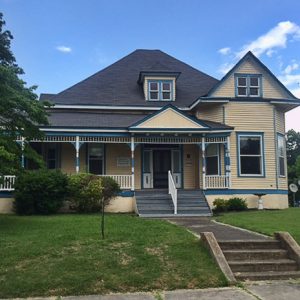 Coolidge House
Coolidge House
 Coolidge House
Coolidge House
 Cornish House
Cornish House
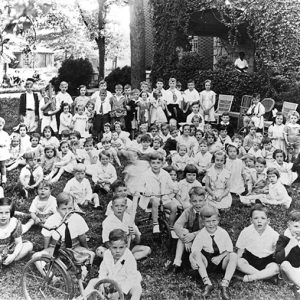 Cornish House Birthday Party
Cornish House Birthday Party
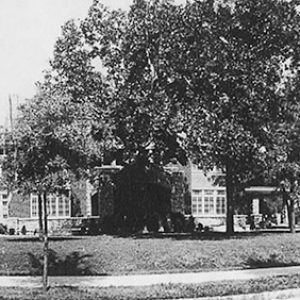 Cornish House
Cornish House
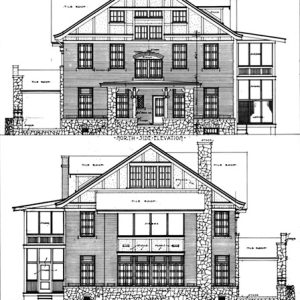 Cornish House Plans
Cornish House Plans
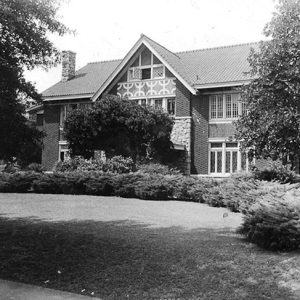 Cornish House
Cornish House
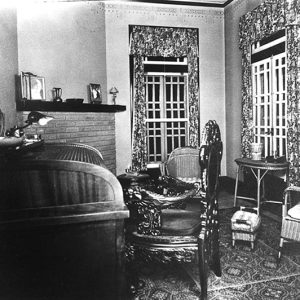 Cornish House Interior
Cornish House Interior




